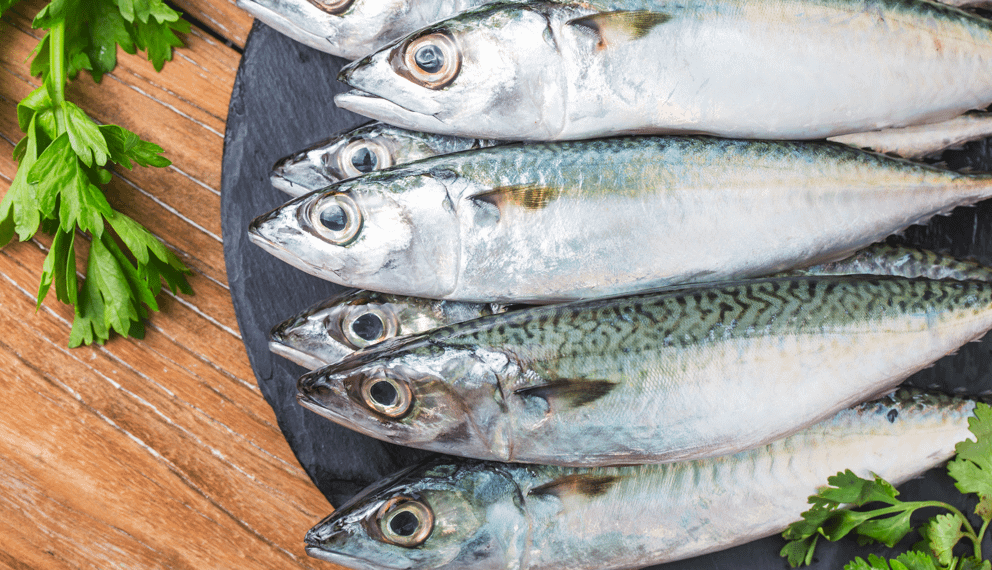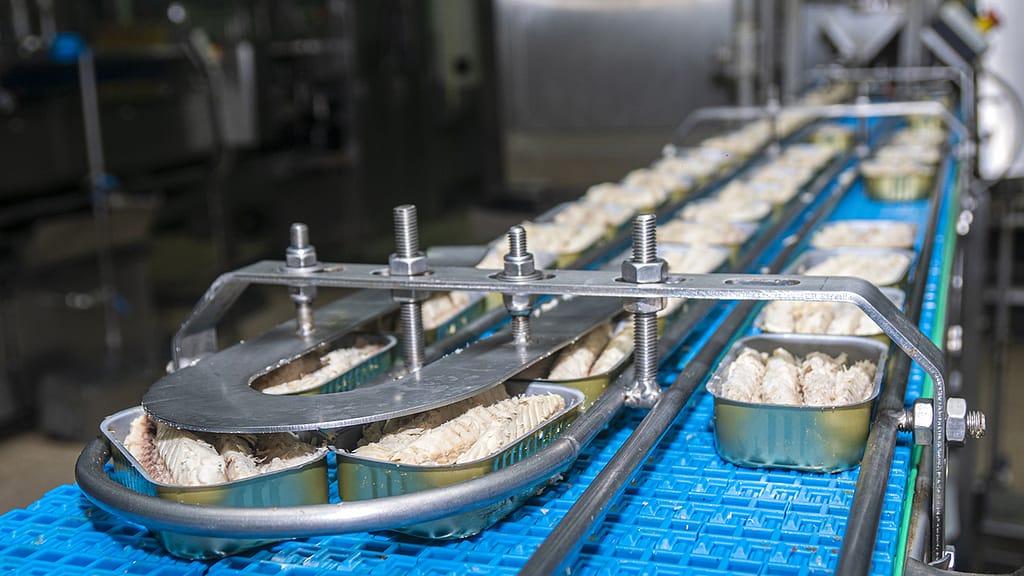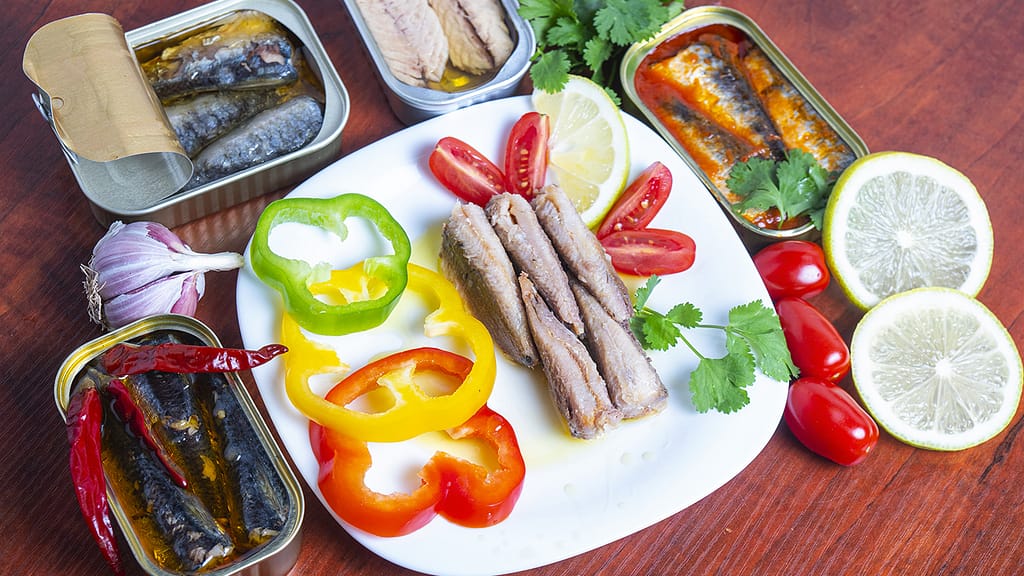
Production unit
Home / Fish canning / Production unit
PRODUCTION UNIT PRESENTATION
OCEAMIC II
Oceamic II is a fish cannery located in Laayoune, Morocco.
It specializes in the manufacture of canned sardines, tuna and mackerel in Morocco. To this end, it is equipped with several production segments, with international standards corresponding to each of its partner countries. Every piece of equipment used is modern, with advanced technology for preserving and packaging seafood products.
Since its creation in 2012, the company has focused on developing its expertise in order to master the entire production process. To this end, it has installed ultra-modern production equipment, enabling it to better respond to market demands.
The company has around 1,500 employees

CANNED FISH PRODUCTION CAPACITY AND QUALITY
Oceamic II’s production units can produce up to 500,000 cans a day, with a storage capacity of up to 14,580,000.00 cans.
It’s not just its equipment that makes Oceamic II famous, but even the quality of its raw materials. Yes, the raw materials used in the manufacture of our canned fish are essentially natural products presenting no risk of contamination. What’s more, the size of each fish is inspected manually to ensure compliance with pre-established specifications.
Not to mention that these raw materials are stored in the best possible conditions to protect them from contamination. In fact, storage areas protect components from microorganisms, insects, rodents, foreign matter and chemicals.

COMPONENT MATERIALS
- Salt: the canned fish production unit in Morocco uses edible salt for salting canned fish.
- Vegetable soybean oil and olive oil: Oceamic II uses them in the preparation of sauces.
- Tomato concentrate: The fish canner selects a good quality tomato concentrate and adds it to the cans before crimping.
- Chilli: Generally used as a condiment or ingredient. It is often used mixed with oil or tomato sauce for added flavor.
- Lemon: Some recipes include thin slices of lemon for added taste and flavour.
- Water: Water is used throughout the fish processing chain. Its origin is traced to offer the best quality.






